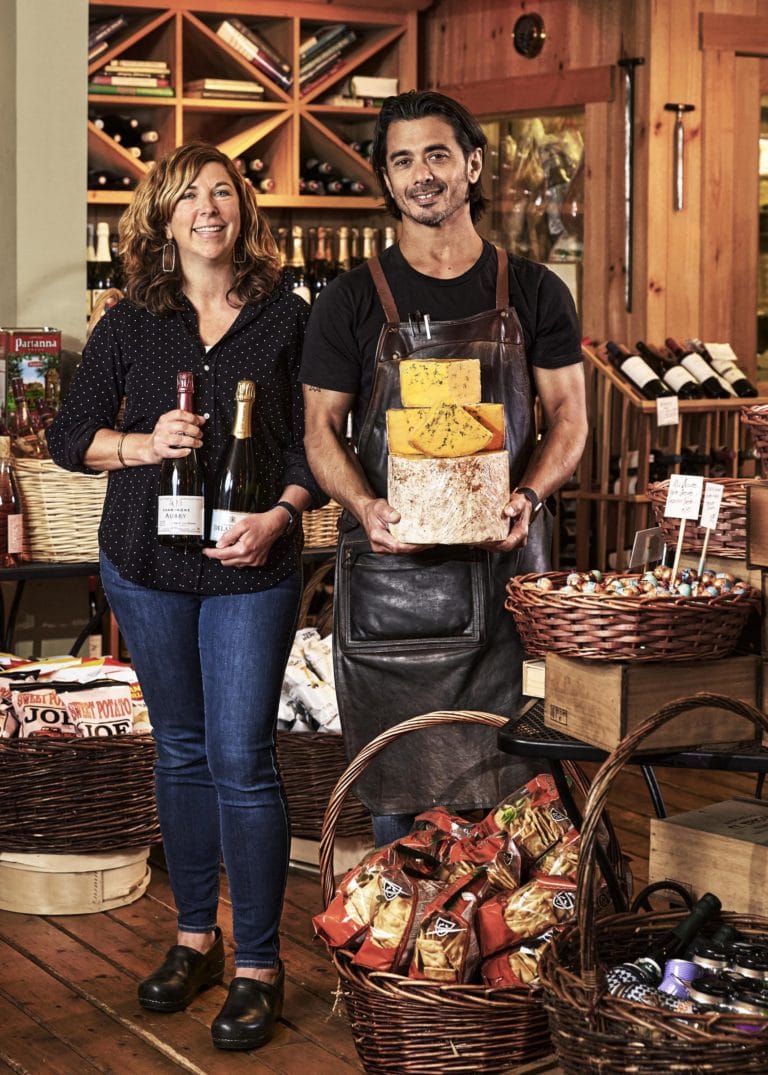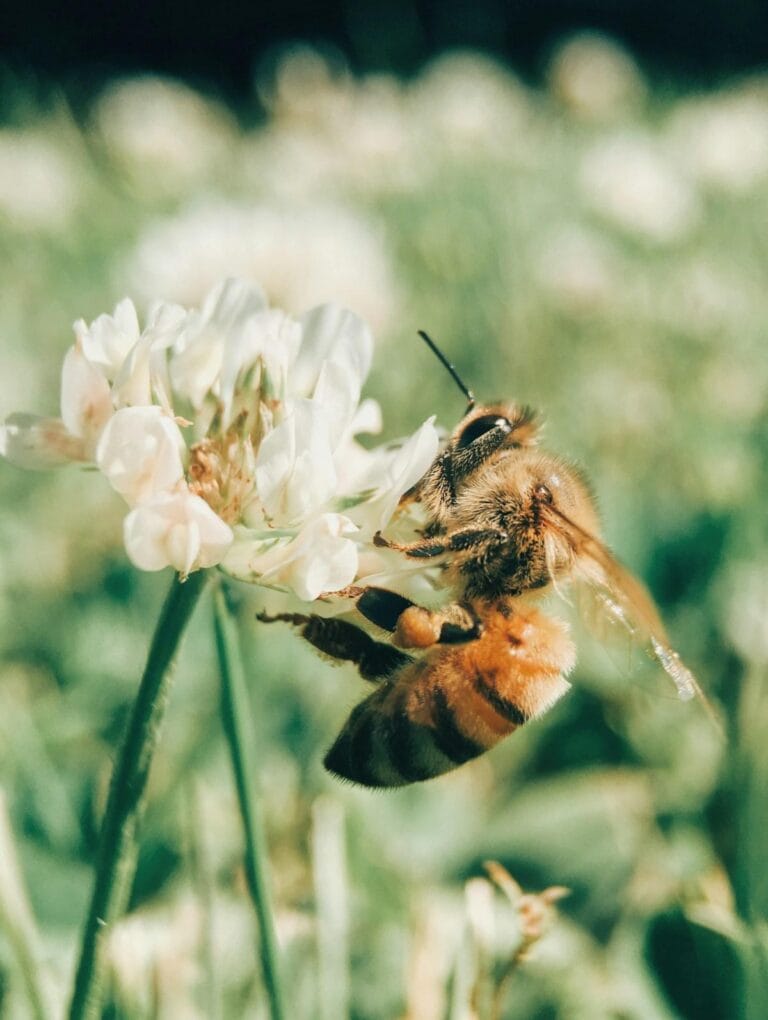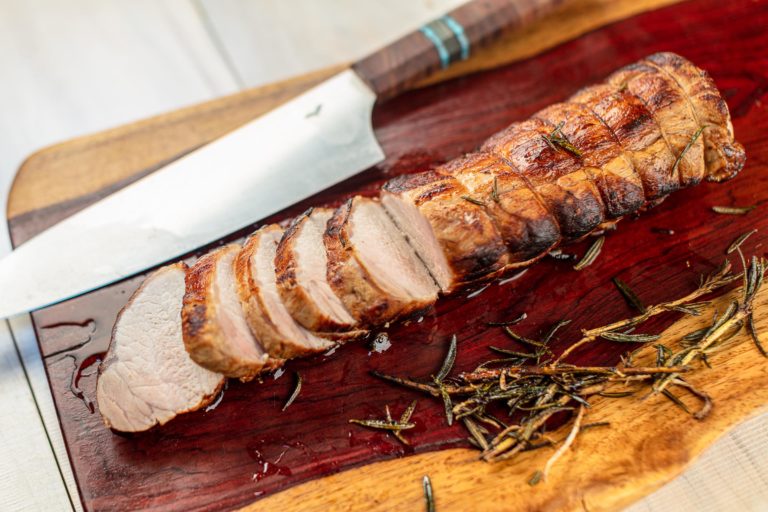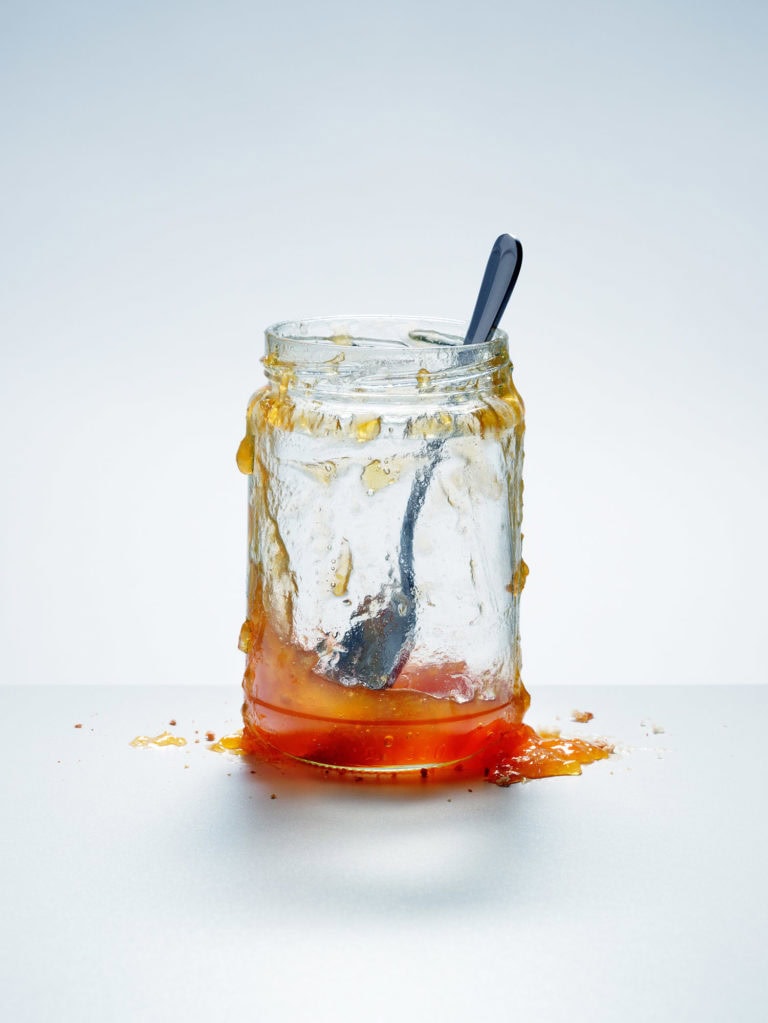It was 2014 when the Quincannon family of Colts Neck, New Jersey, sold their house, bought a camper, and headed north to Maine—not just to the state, but to the state of mind it promised.
Upon arrival, Bryan and Ali Quincannon first focused on finding the right school for their two young sons. During a visit, they met a science teacher from Hollis who told them of a nearby property for sale. It was an abandoned, certified-organic apple orchard, a charming fixer-upper at the foot of Ossipee Mountain, sporting 26 acres of land and an old farmhouse to boot. Would they be interested?
“That teacher said everything right,” recalls Bryan. “It was our dream.”
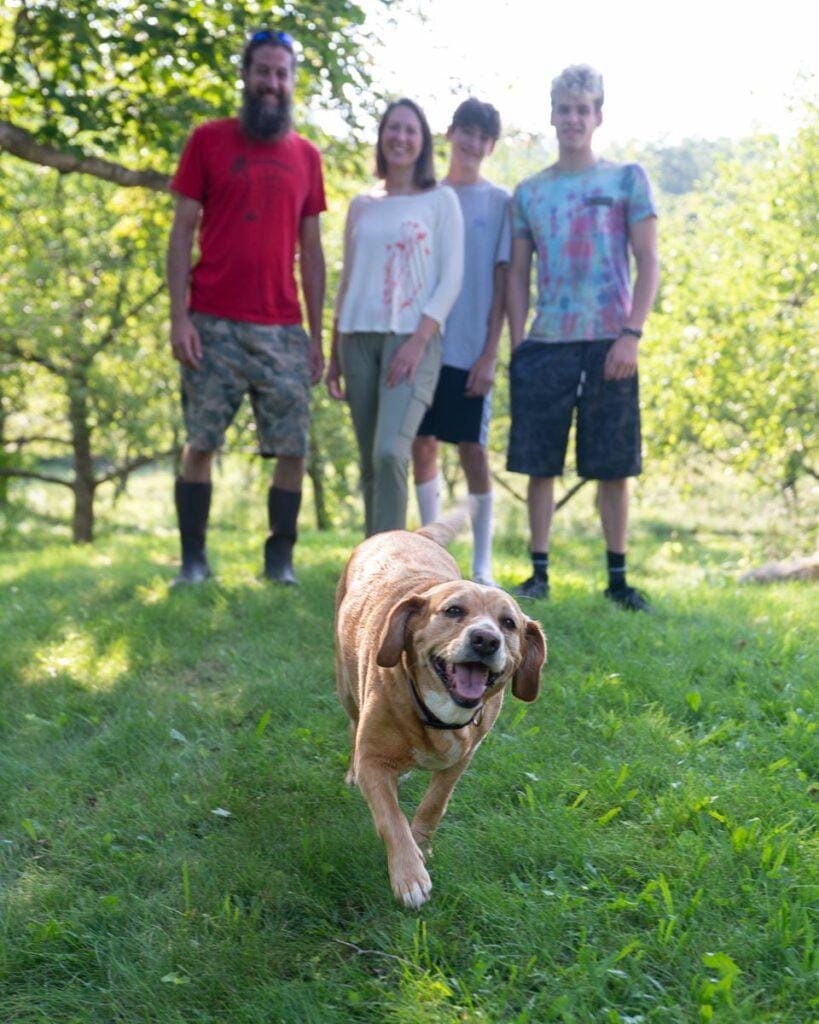
The house purchase had to be a family decision, though, and each member had a vote. “So I asked the kids [4 and 7 years old at the time] if they agreed,” says Bryan. As the boys ran jubilantly through the rooms of the “new” house shouting, “We agree, we agree,” the deal was sealed. Since the property was in foreclosure, the price was right. With the money from the sale of the New Jersey house, the family would have enough to keep going for the first couple of years. They even found the right school for the boys.
So, there they were in Waterboro, Maine, with 700 unidentified apple trees (no tags or labels) sprawled out on 26 hilly acres. “It was basically one big shrub,” Bryan recalls, with no orchard-related infrastructure—no ladders, boxes, or tractors.
But the family dug right in, with Bryan doing most of the heavy lifting.
“The work is physically hard, there’s no two ways about it,” Ali says. The boys, now 16 and 13, helped renovate the cider barn, mow the rows, and pick the fruit, in addition to assisting at farmers markets and fairs. But both parents were careful not to let farm work consume the boys. With the well-documented loss in the number of family farms in Maine, plus the increasing average age of a farmer, Bryan and Ali are keenly aware of the responsibility they have in maintaining and advancing the family-farm way of life.
“I’m not going to push it too hard,” says Bryan. “I’ll incentivize the work, then it’s up to them.”
Getting started, however, was a Herculean task. Left with no instructions from the previous farmer as to what apple varieties were on which of the 700 trees (the orchard sports 40 varieties of apples in all, with many single trees containing multiple varieties), Bryan had to wait until the apples came in that first season in order to identify them.
Then, painstakingly, he picked them, tasted them, and matched them with pictures he found—Lodi, William’s Pride, Winter’s Blush, Belle de Boskoop, Hudson’s Golden Gem—the names rolling like poetry off the tongue. “I think being a potter helped because I was so used to the nuances of glazes … and surface subtleties. It became pretty apparent to me what was what, plus I have a very good memory.”
As a business model, the family tried Pick-Your-Own—but for only half a season. They were aghast at how destructive the general public was to their 235-year-old trees, watching as the crowds descended upon the orchard, climbing the old branches and shaking them, taking casual bites out of apples and tossing them to the ground. PYO would not work for them.
But selling their apples to food stores wouldn’t work either. Bryan refused to compromise his organic farming practices in order to produce pretty fruit. “What I’ve done is come up with a business model that allows us to move product but also not lose product.”
In a word, pressing.
“The beauty of pressing is you don’t have to explain why it’s a funny-looking apple, because it still tastes delicious,” notes Bryan. His raw sweet cider contains all the benefits and nutrition of the whole, handpicked apple. Unlike the dark brown color of commercially made cider, Quincannon cider is bright orange, reflecting the distinct varieties and craft blending that go into making it. The cider is sold directly to consumers (at the family’s farm stand) and at farmers markets.
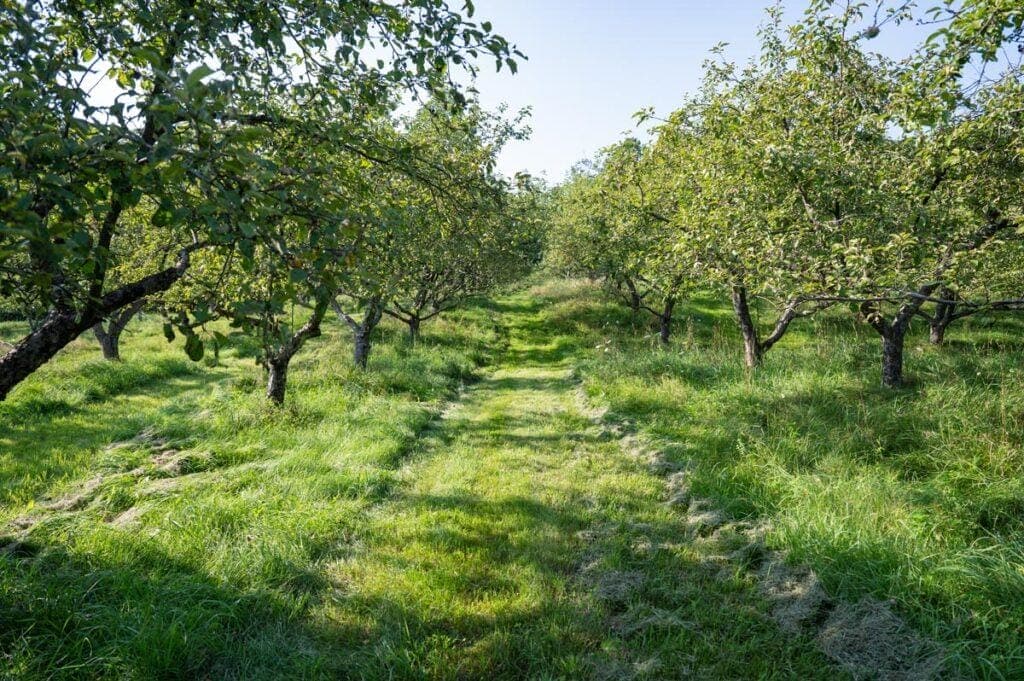
Bryan says, “I would rather make a premium product that’s good for you, which may limit my clientele. I want it to be a healthful product from start to finish.”
In 2019, the Quincannons received a grant from Maine Technical Institute to purchase a professional, Austrian vinegar-making machine that Bryan uses on the farm to convert his leftover sweet cider to handcrafted vinegar. And here, too, the end product is a result of craft blending handpicked apples—“with a level of intention,” as Bryan puts it. It’s also another income stream for the family.
Today, as we sit and chat at the Quincannons’ custom-made wooden table in their cozy farmhouse filled with antiques and Bryan’s artwork, the sky is filled with fairy-tale clouds of pink and white apple blossoms.
The couple reflects on their decisions. Bryan says, “Being naïve is probably super helpful. You kind of need a level of naïveté to get into farming in general, I think.”
Ali hopes her sons will find new and innovative ways to tackle the work as they grow up on the farm, so the land and trees can continue to flourish.







